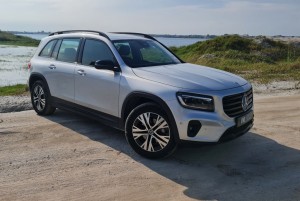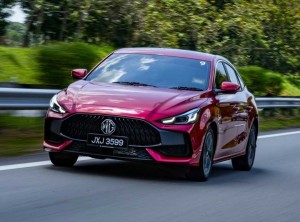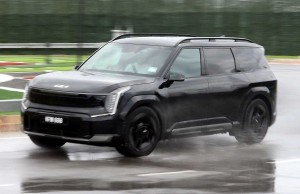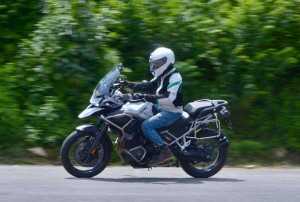TOKYO: The ‘Honda 0 Tech Meeting’ introduced some of the next-generation technologies to be applied to the Honda 0 Series – a completely new EV model range to be launched globally from 2026.
The Honda 0 Series is being developed with new ideas generated from “zero” with a fresh approach to EV development – “Thin, Light, and Wise.”
Within this, it will offer five core values:
1) Artistic design that resonates with people
2) Automated Driving/Advanced Driver Assistance Systems (AD/ADAS) that ensure safety and peace of mind
3) New value of EV as a “space” for people made possible by the internet of things (IoT) and connected technologies
4) The joy of driving with the feeling of oneness with the vehicle
5) Outstanding electric efficiency

At CES 2024, Honda unveiled two concept models of the Honda 0 Series, the Saloon and the Space-Hub, with plans to launch a production model of the former in 2026.
This will be close to the concept model, and it will be positioned as the flagship of the model series.
In addition, Honda also announced plans to introduce a total of seven Honda 0 Series models globally by 2030, including small-, medium- and large-size vehicles.
Looking ahead to CES 2025, Honda is planning to unveil a new Honda 0 Series model.

Thin and Light
With the “Thin” development approach, Honda will continue to value and realize the M/M (Man Maximum, Machine Minimum) concept in this EV era and strive to offer new value of EVs as a comfortable “space” featuring an original styling design with a low vehicle height and short overhangs.
Newly developed dedicated EV platform
Adopting the 2.0 GPa grade hot stamping material (ultra-high strength steel plate), Honda developed a new EV platform to realize both thin and low-height styling, as well as the safety and peace of mind of the occupants.
Newly developed compact e-Axle
The motor and inverter technologies Honda has amassed through the development of hybrid-electric vehicles (HEVs) will be utilized in EVs to realize a compact and highly efficient e-Axle. The inverter was downsized by approximately 40%.
Thin battery pack
The IPU (battery) case will be made approximately 6% thinner through the adoption of mega casting and 3D friction stir welding (FSW) technology.
Furthermore, Honda is striving to limit the degradation of battery capacity (range) to less than 10% after 10 years of use by applying battery degradation diagnosis and prediction technology that utilizes driving data from 5 million Honda vehicles, mostly HEVs.
Active aerodynamic system
Honda has developed an active aerodynamic system that will automatically activate the front aero deflector according to the vehicle speed and other factors. The front aero deflector is installed under the floor to reduce air resistance for all vehicle body types including the ones with high vehicle height or with styling that is susceptible to air resistance, such as SUVs.
New body rigidity management to realize high driving stability and light weight
A sporty and exhilarating driving experience will be achieved by adopting a new steering stability index, which provides the ability to flex the vehicle body to control load on each tyre during cornering.













